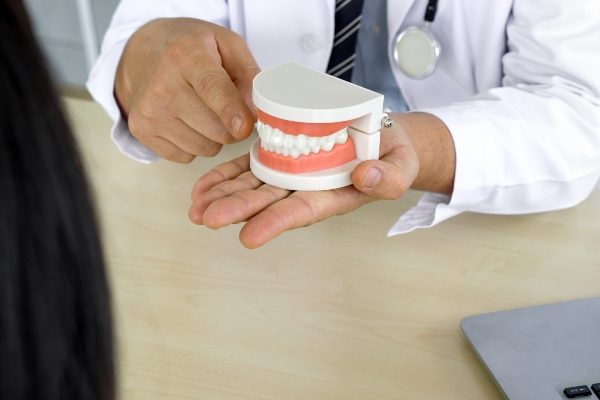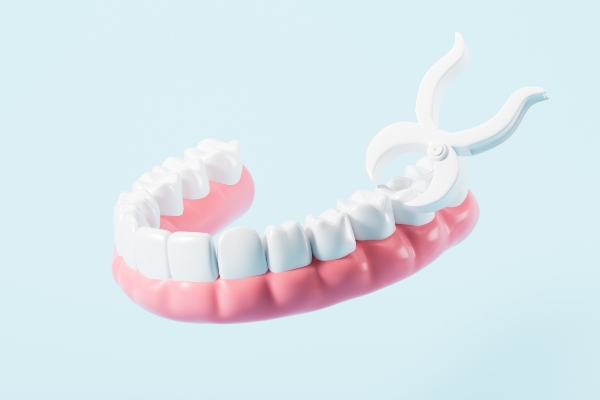Tooth Extraction: 5 Things You Need to Know

Teeth extraction is a popular procedure in dentistry, but also the most feared. When a tooth gets broken or damaged due to trauma or infection, the dentist will attempt a repair with a dental crown, filling or root canal treatment. However, the damage or infection may be so severe that the only alternative is to remove the tooth. Generally, the dentist will try to save the tooth initially and use tooth extraction as the last resort.
Things to know about tooth extractions
The following are important points to know about the tooth extraction procedure:
It is not dangerous
Contrary to what many people believe, tooth extraction is not a dangerous procedure and does not worsen infections. However, the dentist will administer local anesthesia and use special techniques to make the procedure as painless as possible. In the absence of other alternatives, tooth removal is the most effective way to eliminate infected teeth and prevent further spread of decay and infection to the gums and jawbone.
Preparation is important
Before the procedure, the dentist will perform an x-ray of the problematic area to plan the tooth removal process. Patients will need to provide their health history, current or past ailments and current medications. If a wisdom tooth is the culprit, a panoramic x-ray will be taken, which captures the image of the entire teeth in one shot. The dentist will be able to see vital things like:
- Presence of infection, tumors and bone disease
- Position of the wisdom teeth in relationship to other teeth
- How the upper teeth relate with the sinuses
- How the lower teeth relate to the inferior alveolar nerve
How the procedure works
The dentist will use anesthesia to numb the site in simple extractions. They will then use a dental tool to separate gum tissue from the affected tooth. A drill or laser may be used to reach the deeper parts of the tooth. After achieving the desired level of tooth movement, the dentist will use forceps on the tooth to loosen the tooth out of its socket. The area will be cleaned thoroughly to ensure no fragment or infected tissue remains in the socket. The dentist will wash the area using a sterile saline solution and place stitches to restore the gum tissue to its proper position.
Recovery after tooth extraction
Usually, the dentist will recommend applying an ice pack on the extraction site. The patient may get a prescription for pain medication if required and will need to return to the dental office after a week for a checkup. Healing takes about two to three weeks, during which the patient might have to avoid certain foods. Hard foods such as nuts and chips should be avoided in the first 24 hours. Soft foods such as yogurt and smoothies are advisable. If pain persists despite using painkillers or infection, swollen jaws or fever occur, the patient must contact the dentist immediately for an appointment.
Common reasons for tooth extraction
The dentist might recommend tooth extraction if the patient has irreparable tooth decay, fractures or rot, bone loss around the tooth or an impacted wisdom tooth. The primary aim is to provide relief from the symptoms and prevent further spread of infection.
Final note
If you are a candidate for tooth extraction, you can talk to the dentist about the procedure and possible dental restoration options.
Request an appointment here: https://hemetdentalcenter.com or call Hemet Dental Center: Brian Stiewel DDS, INC. at (951) 707-4366 for an appointment in our Hemet office.
Check out what others are saying about our services on Yelp: Read our Yelp reviews.
Recent Posts
When you hear you need a tooth extraction, it is common to worry about having a gap in your smile for the rest of your life. Fortunately, a general dentist can provide a tooth replacement to restore your smile. From dental implants to flipper teeth, there are many replacement options after a tooth extraction.Tooth extraction…
Many conditions can result in a tooth extraction, all of which boil down to the state of the tooth. There are two main types: simple and surgical. Take a closer look at each option and why we may recommend them.The goal of any general dentist is to preserve the natural teeth for as long as…
A visit to a cosmetic dentist is the first step in improving your smile. These dental professionals offer a range of services designed to enhance the appearance of teeth, gums, and bite alignment. Whether you want to remove stains, reshape teeth, or create a more symmetrical smile, the process starts with a thorough consultation and…
Tooth extraction is one of the most common procedures in dentistry. This article discusses extraction aftercare guidelines to follow to achieve optimal recovery. Complications after a tooth extraction are rare but possible. The common ones include bleeding, dry sockets, and infection. Post-operative care is important to avoid these complications.The body starts healing immediately after the…


